The sight of a 1997 Rover 100 crumpling into a ball of scrap as it impacts a test barrier remains alarming. Yet the comparative ease with which a 2017 Honda Jazz handles a similar collision is a graphic illustration of the safety advances made in the past 20 years of the Euro NCAP consumer crash test regime.
As Euro NCAP celebrates its landmark with this vivid back-toback test, it is also eyeing the next 10 years of testing and will ramp up its famous starratings to evaluate a new generation of electronic safety aids while also refining the crash test itself to achieve more realistic results.
Euro NCAP organises its test regime into five-year ‘Roadmaps’ to clearly signal to car makers how the star ratings will evolve. It is in the early stages of the 2016-2020 Roadmap, but consultation is under way to add new tests on advanced accident avoidance technology to run from 2021 to 2025. “Euro NCAP has achieved a huge amount, but there are new safety advances coming all the time and we will evaluate them in the test to encourage standard fitment onto cars,” says Matthew Avery of Thatcham Research, the insurance industry test laboratory and Euro NCAP’s UK partner.

Euro NCAP’s first 20 years has encouraged better safety cell design, and standard equipment now includes force-limiting seatbelts, front and side airbags and electronic stability control.
The future push is towards crash avoidance, and tests are coming in 2018 to evaluate if camera-based automatic emergency braking (AEB) can detect cyclists and, at night, pedestrians. Also in 2018, the test for emergency lane keeping (ELK) will be refined to assess if camera and radar sensors can detect broken white lines and the carriageway edge.
“Twenty per cent of the killed and seriously injuried [KSI] are on A-roads, and if we can avoid those collisions, we can make a big improvement in safety,” says Avery.

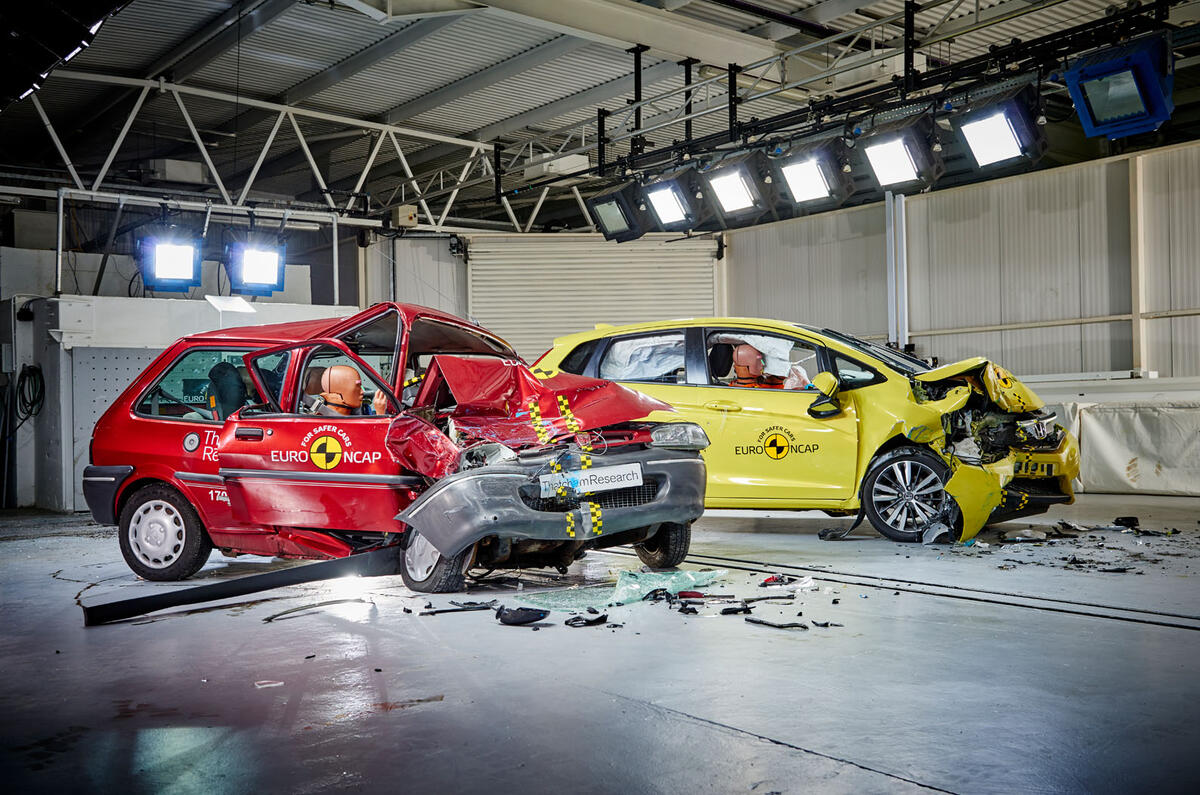


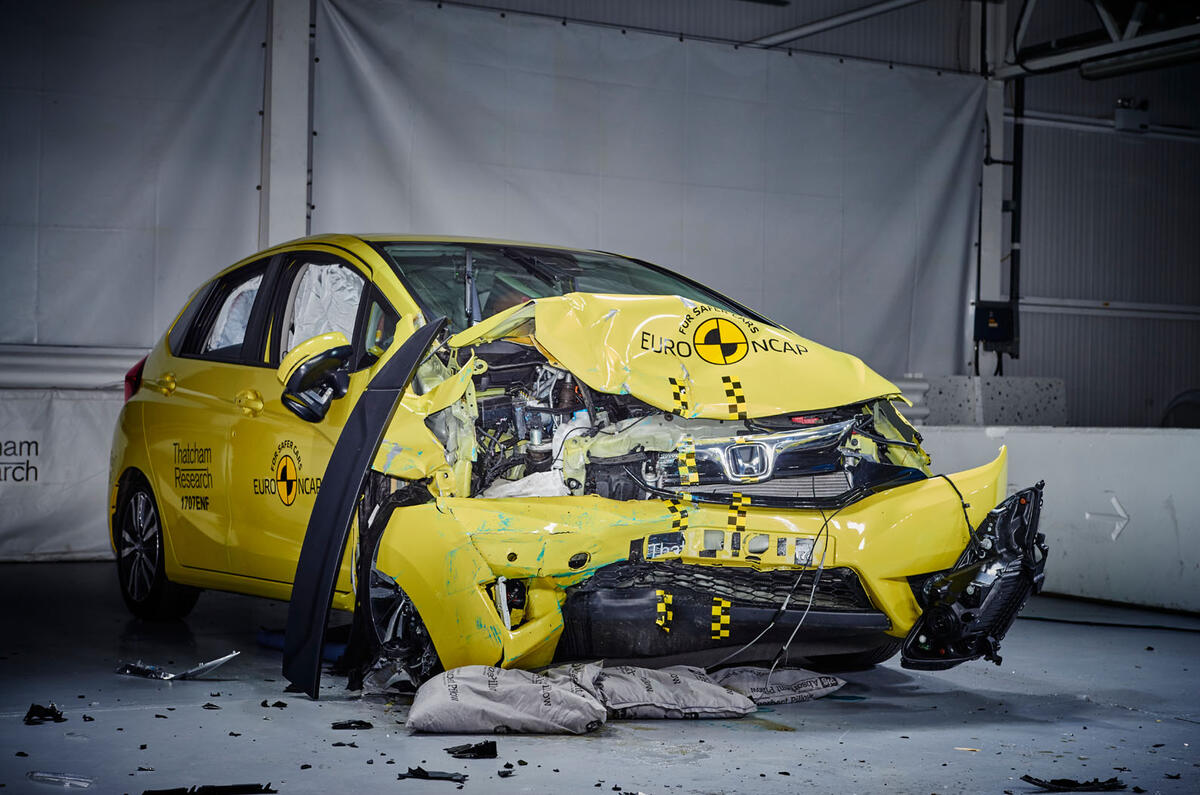
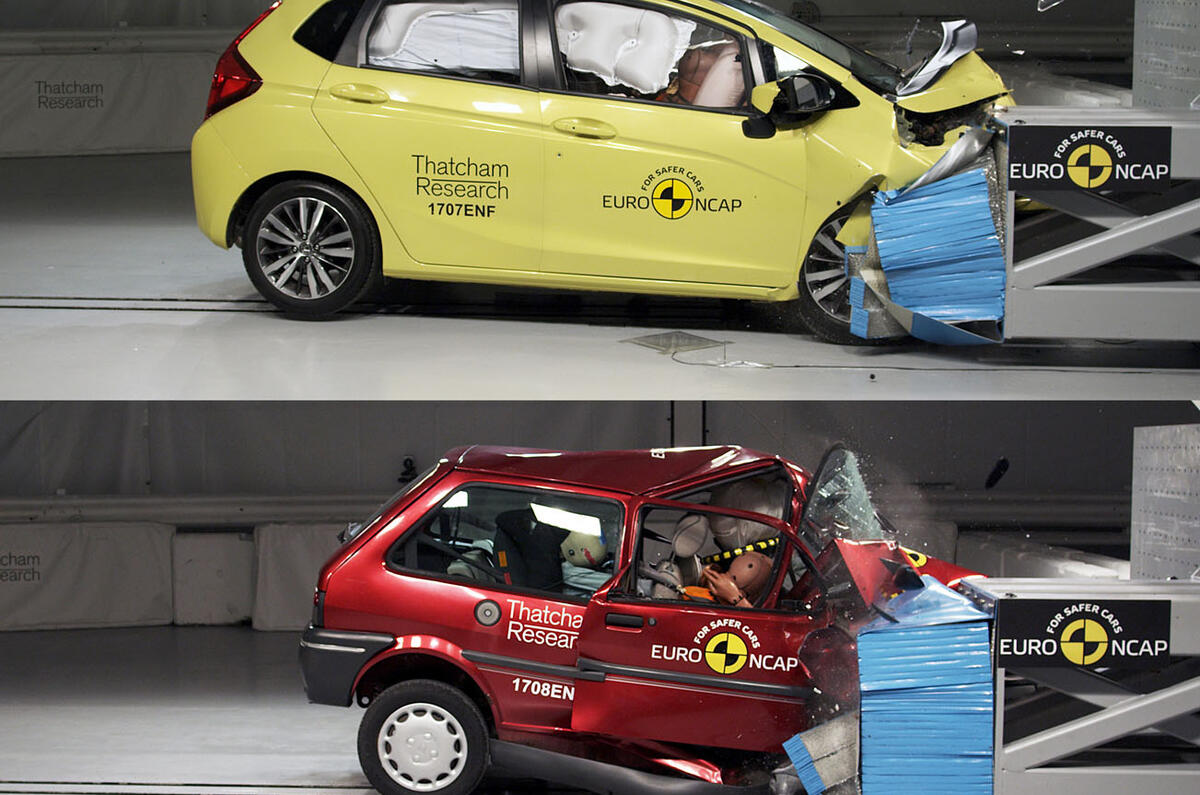
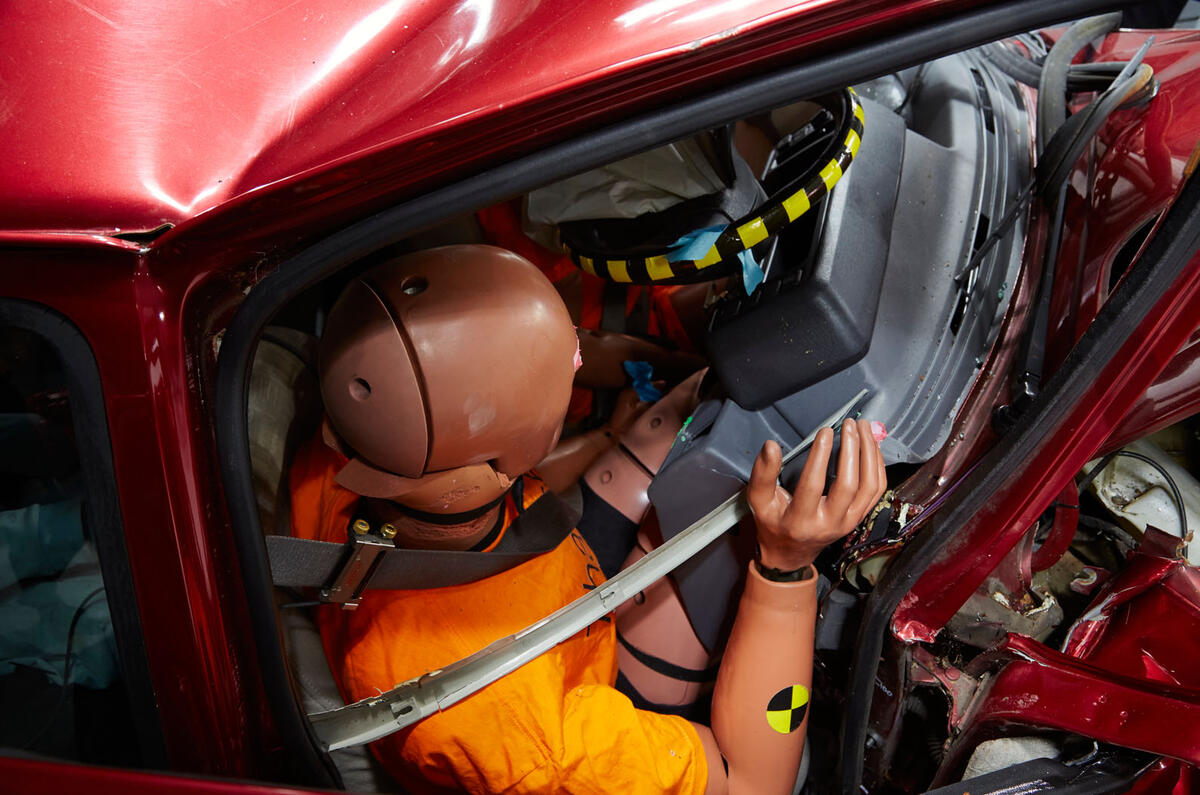

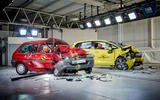
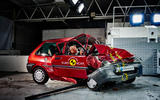
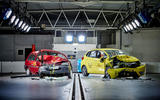
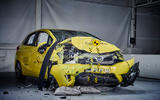
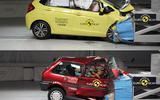
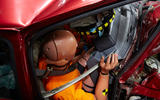






Join the debate
Add your comment
And look
I have never trusted NCAP. It
Generally good job